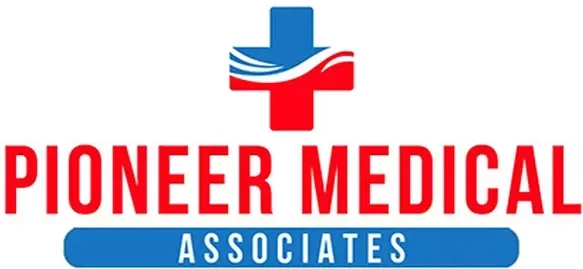STRETCH MARK REMOVAL TAMPA
What are Stretch Marks?
What causes stretch marks?
Occurring in 40-90% of women, stretch marks appear following rapid repeated over-stretching of the skin over weak connective tissue. Stretch marks form in the dermis (the middle layer of your skin) when the connective tissue is “stretched” beyond the limits of its elasticity due to rapid expansion or contraction of the skin from sudden growth or weight gain. The abrupt stretching causes the dermis to tear, which allows deeper skin layers to show through, forming the stretch marks. Usually, as the body grows, the strong connecting fibers in the dermis slowly stretch. However, with rapid growth, the fibers overstretch and break. Stretch marks are red or purple initially due to blood vessels showing through the tears in the dermis. Stretch marks eventually fade to a silvery, white or glossy appearance due to the blood vessels contracting and the pale fat underneath the skin becoming visible instead.
They’re common in pregnancy, but anyone can develop stretch marks in any phase of life. Some people are more susceptible to them. If your mom, dad, grandparents, or other blood relative has stretch marks, you’re more likely to get them.
Common areas
- Abdomen
- Breasts
- Hips
- Flank
- Buttocks
- Thighs
Early Signs of Stretch Marks
Before stretch marks begin to emerge, the skin can appear thin and pink and may feel irritated or itchy.
The marks initially develop as wrinkly, raised streaks that can be red, purple, pink, reddish-brown or dark brown, depending on skin color. The streaks eventually fade, flatten and change to a silvery color over time, becoming less noticeable (this can take years).
How can I prevent Stretch Marks?
Even if you’re at increased risk of stretch marks, there are some things you can do to reduce your risk and treat the stretch marks you already have:
- Maintain a healthy diet and control your weight. Avoid yo-yo dieting.
- Eat a balanced diet rich in vitamins and minerals – particularly vitamins A and C, D and the minerals zinc and silicon for healthy skin.
- Aim for slow and gradual weight gain during pregnancy
- Stay hydrated. Drink plenty of water (6-8 glasses daily).
- Treat fresh Stretch Marks when they appear.
LASER STRETCH MARK REMOVAL
LASER TREATMENT (Best Option!)
Our Laser uses the patented technology of Fotona Dynamis Pro with Nd:YAG and Er:YAG to stimulate collagen production by initiating skin remodeling and skin tightening.
The skin is treated with an Erbium fractionated laser precisely to each one of the stretch mark lines and adjacent skin tissue to begin to remodel the stretch marks from the inside out. Our unique SMOOTH® technology will also reduce any skin laxity by inducing new Collagen.
LASER RESURFACING:This method of Laser is normally used for deeper and wider Stretch Marks and Scars as it targets deeper layers within your Dermis. These laser treatment creates controlled Fractionated “trauma”, stimulating regeneration of new tissue. It also removes the outer layer of skin, leaving newer, smoother skin, scars and stretch marks.
Regardless of which method fits your specific needs, our Fotona Laser technology significantly diminishes the appearance of scars and stretch marks.
This Laser Technology may also be combined with other treatments, when needed, to provide safe and effective reduction in the appearance of both red (early-onset) and white (late-stage) stretch marks and scars.
Our Fotona Laser therapy is safe and effective for ALL skin types!A consultation is required to evaluate the skin and ultimately decide which treatment route will provide you with the best results.
Depending on the type and age of your stretch marks, a 20-60% improvement can be seen!
Keep in mind, treating stretch marks requires patience. Treatment improves the appearance of stretch marks, but they may not go away completely. Addressing your stretch marks when they first appear yields the best results. Older, deep stretch marks may be more challenging to treat.
A course of 3-4 treatments is recommended for best results. This varies from patient to patient.
